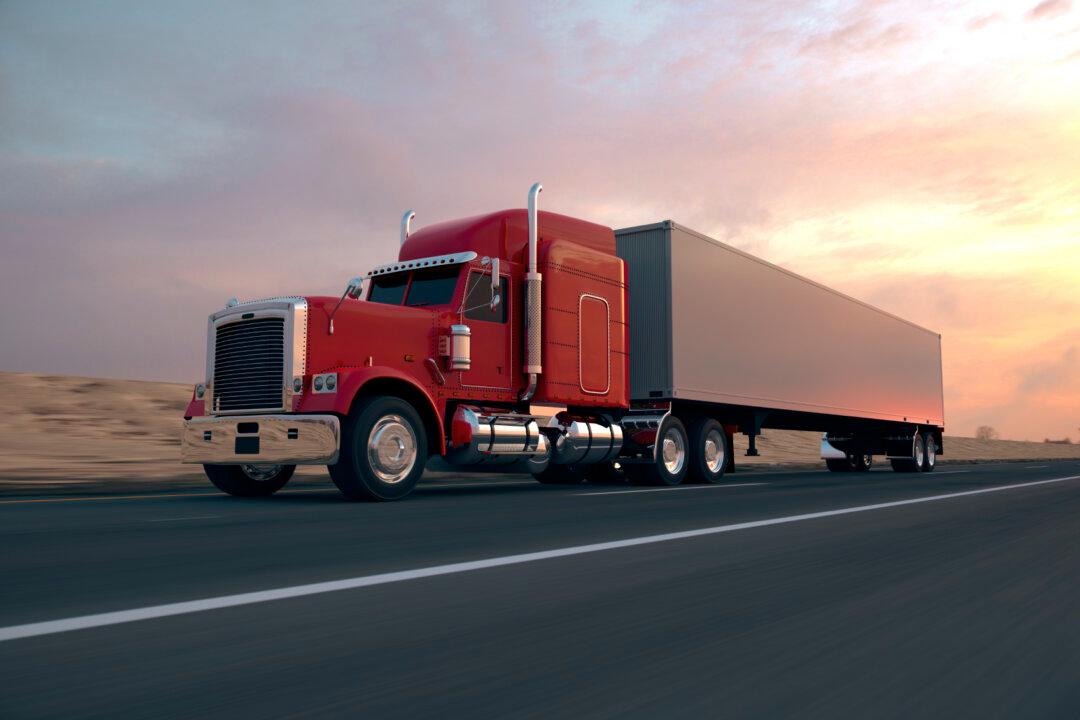According to a new research study recently published on Indian Transport Portal—a website gathering experts in order to improve transportation in India—there is a clear link between tires’ rolling resistance and fuel. Indeed reducing rolling resistance contributes to reduce costs and preserve the environment.
First, what is rolling resistance and why does it matter regarding fuel consumption?
Rolling resistance (also called rolling friction or rolling drag) is the amount of energy needed for each tire per unit of distance covered. When tires roll on the surface, rolling resistance is the force resisting the motion. Progressively with time and the effect of rolling resistance, tires alter and change shape. Rolling resistance affects all types of vehicles from bikes to large trucks. A tire is said to consume up to five times its cost in wasted fuel, while large modern trucks are losing up 30 to 33 percent of total fuel cost.
This research study demonstrates that a reduction of 10 percent in rolling resistance of heavy trucks will generate fuel savings up to 3 percent and for passenger cars up to 2 percent. Therefore, as Gerald Potts argued at the Tire Technology Conference in Cologne in 2012, the issue of rolling resistance is more important for trucks than for passenger vehicles. This is particularly true and acute in India with the large number of overloaded trucks, which greatly affect rolling resistance and thus fuel consumption.

